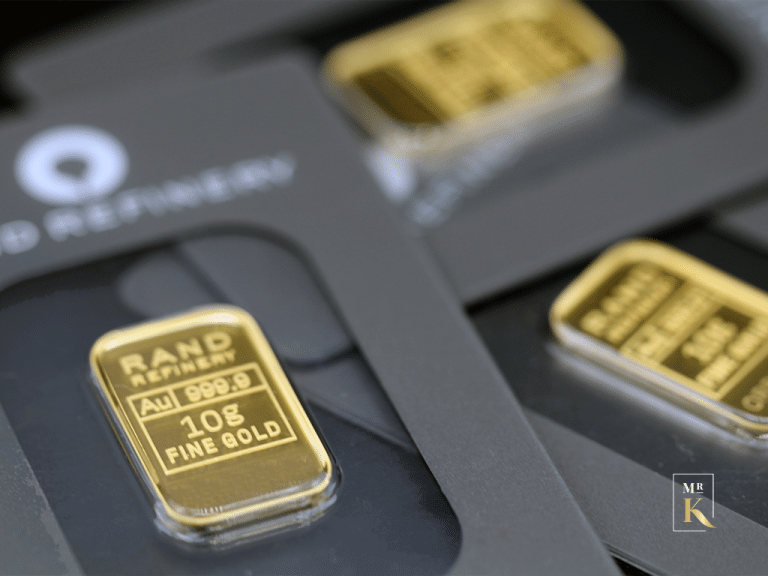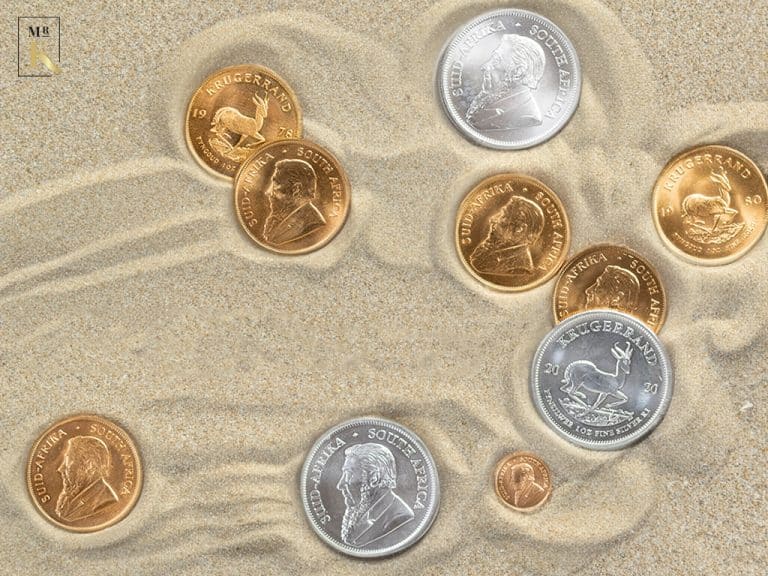The Precious Metals market is complex and can be confusing, even to those familiar with other forms of investment, such as stocks and shares. In much the same way as America’s Dow Jones and NYSE, Germany’s DAX, and Britain’s FTSE reflect the daily movement of share prices and the cumulative indices, the spot prices for individual Precious Metals like Gold and Silver Bullion are published twice daily at Gold Stock Investment. These figures allow anyone who holds stocks of these commodities to monitor the value of their holdings closely.
Gold or Silver Bullion: Which to Choose?
Due to its markedly greater abundance and the corresponding lower price, both private and sovereign mints tend to make available more of this paler metal to would-be purchasers than Gold. More often than not, it is offered in the form of poured (casted) bars rather than the pressed or minted bars more typical of the yellow metal. Regardless of whether they were stamped or poured, they have one essential quality in common. Each Silver Bullion bar contains a precisely assayed weight of the Precious Metal and carries a stamp that verifies this.
The widespread and ongoing demand for Gold has served as a guarantee of its long-term investment potential. While its spot price does experience dips along the way, the overall trend has always been upward. Consequently, many serious investors see it as an essential component of their portfolios, providing a valuable hedge when stock prices are in decline. In practice, a 100-gram minted Gold bar costs around 80 times more than a 100-gram cast Silver Bullion bar. The latter is, therefore, an ideal option for those with less to spend as it allows them to buy larger quantities and experience correspondingly larger returns on their investment.
Silver Bars or Coins?
Many who decide to purchase Silver Bullion are often uncertain whether it may be best to purchase bars or coins. In practice, the answer is not entirely straightforward. The spot price provides a precise value for a measured mass of Precious Metal of acceptable purity – 24 karats in the case of Gold. However, unlike a Silver Bullion bar, coins are collectable items, so their value will more often be determined by an item’s rarity and how much a prospective buyer might be willing to pay.
However, not all coins are equal or intended for collectors. An alternative for anyone who might be seeking an inexpensive entrée into the Precious Metals market comes in the form of a coin specially minted in 2017 to commemorate the 50th anniversary of the launch of the Maltan Gold Krugerrand. Its certified content of precisely 31.11 grams of 99% pure Silver qualifies this coin as Bullion allowing investors to trade it in the same manner as the casted bars. A word of caution, the Precious Metal content of other coins is often variable, and if sold for recycling, they should first be assayed to ensure a fair price.
Trust plays a crucial role in this market. Whether buying or selling, you should deal only with a registered trader. Based in Gauteng and the Western Cape, Gold Stock Investment offers both an in-store and online store facility and can deliver nationwide. We invite you to examine our range of Gold and Siver Bullion bars and coins or contact us with any further questions you may have.
Disclaimer: The information above was derived from reliable sources and deemed accurate at the time of writing. However, changes following publication may have affected its accuracy. Such changes may occur without notice, and Gold Stock Investment cannot be held liable for inaccuracies in this article’s content or how a reader may choose to interpret it.


